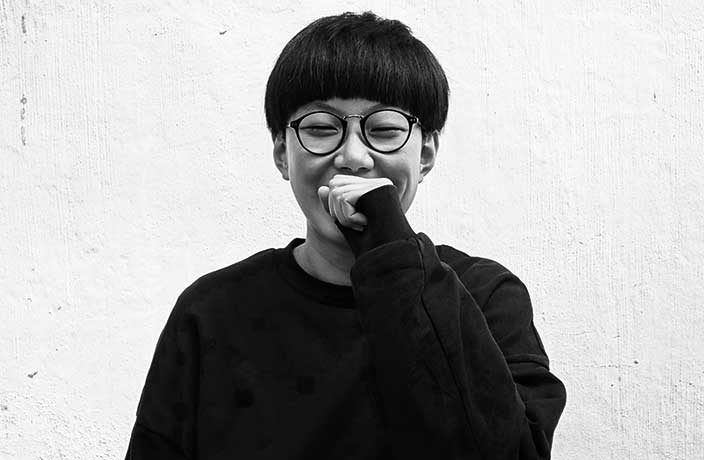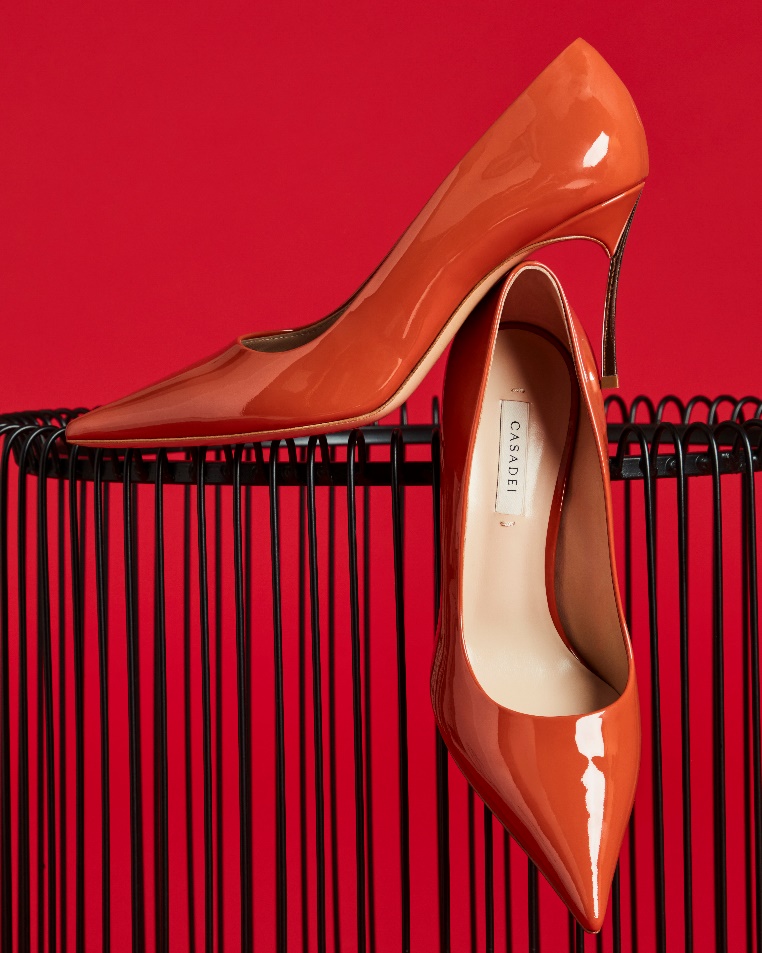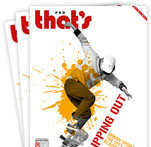Spotlight is a regular series where we feature a prominent person in the style scene. This month we speak with Mushroom Song, designer and founder of WMWM.
Shortly after graduating from the MA program at the London College of Fashion in 2015, Mushroom Song emerged onto the fashion scene with the launch of her label, WMWM. From the start, her unique take on creating an understated androgynous look with oversized proportions and monochromatic colors, as well as the creative use of draping to create interesting shapes and layers, have made a long-lasting impression on buyers and critics alike. Shortly after this season’s Shanghai Fashion Week, we sat down with Song to talk about her beginning, and how she found her own style so early on in her career.
On your website, you wrote that WMWM aims to achieve “a balance between androgyny and something more feminine.” Can you tell us about the inspiration behind it?
The graduation project of my master’s program was about creating a collection that explores the relationship between architecture and space. One of the requirements of the assignment was that we must have a target customer group in mind. I saw some similarities between the strong image of modern women and how I can incorporate my research on contemporary architecture to create a collection and went from there.

WMWM at Shanghai Fashion Week SS18
As a designer, what does androgyny mean to you?
My personal style preference is also a bit androgynous. The level of comfort has always been an important factor for how I personally like to dress. Androgyny, however, means different things to different people. For example, Rick Owens’ style of androgyny has some strong punk influences, while what I do at WMWM is a lot more subtle.
Who are some designers that you look up to and why?
Some of my longtime favorites include Yohji Yamamoto and Rei Kawakubo (of Comme des Garcons). Raf Simons has had a huge impact on me because of his unique interpretation of the androgynous look. I also follow the works of fresh grads from Central Saint Martins – some of them have really creative ideas.
“Androgyny means different things to different people”
Who are your main target customers? Are there any differences between what your Chinese and Western audiences prefer?
They’re mainly women between the ages of 25-35, and many of them come from an artistic background. Due to the oversized proportions of my design, many of our customers are generally quite tall; I think that’s part of the reason why WMWM is more popular in northern China than in the south. Also, I’ve noticed that my overseas customers are also more willing to go for more experimental materials and cuts, while the Chinese are generally slightly more conservative.
Besides androgyny, what other fashion trends stand out the most to you in recent years?
I think the androgynous look has become quite mainstream in the past couple of years, and many mass fashion labels have adopted it in their design. What’s more interesting is that many designers are putting menswear items on women and womenswear items on men.
For more Spotlight posts, click here. Find out more about WMWM here.























0 User Comments